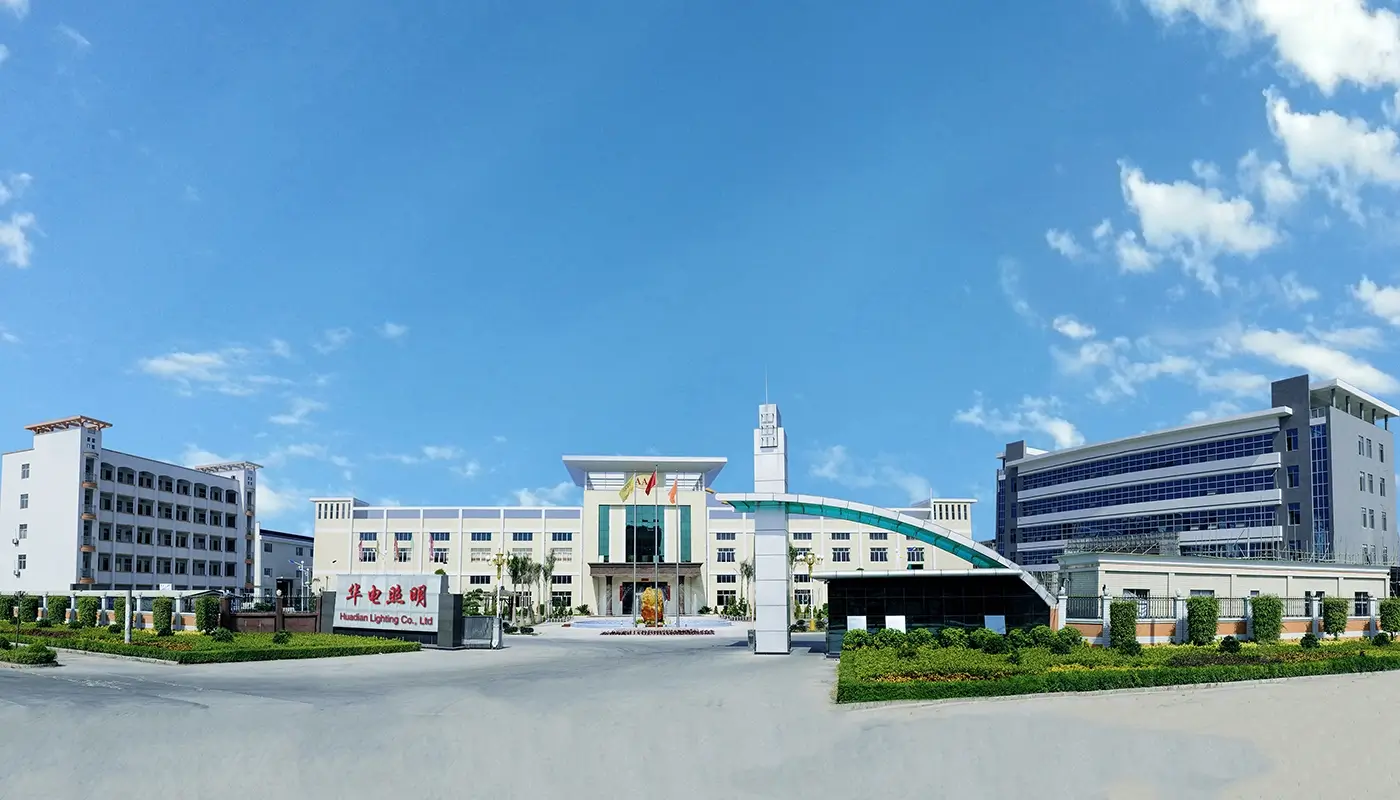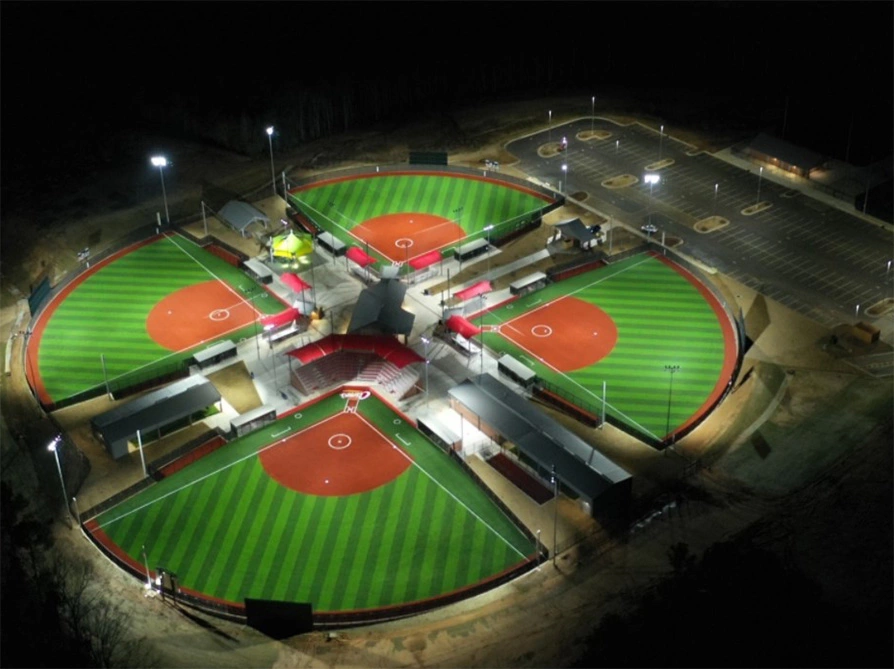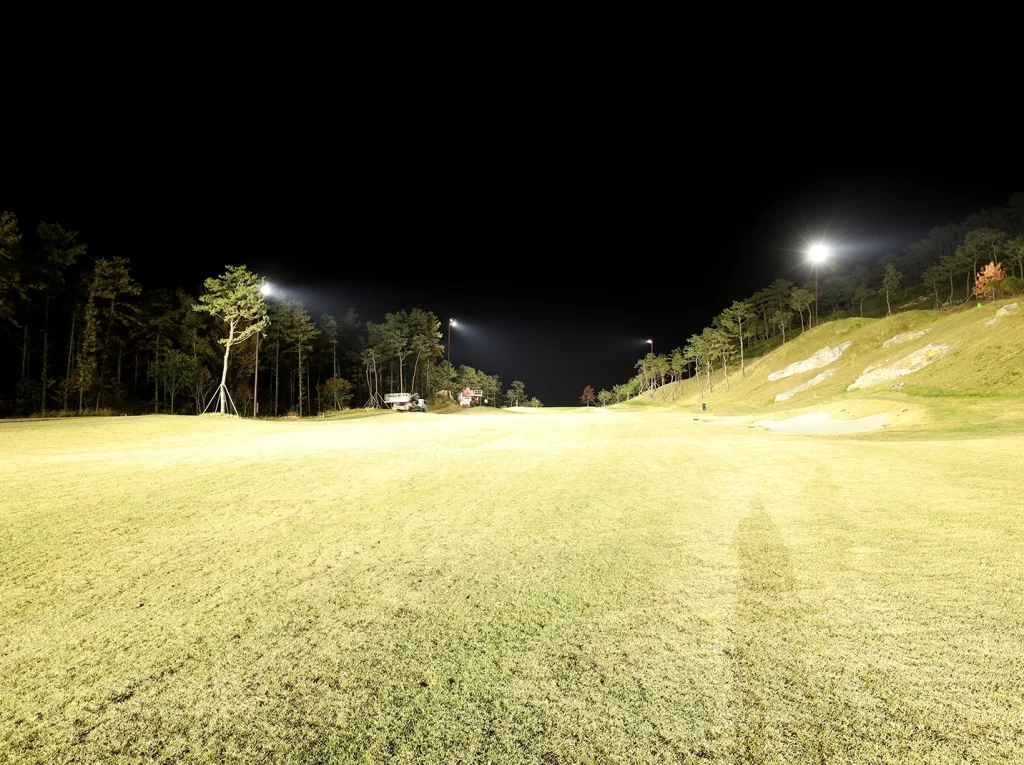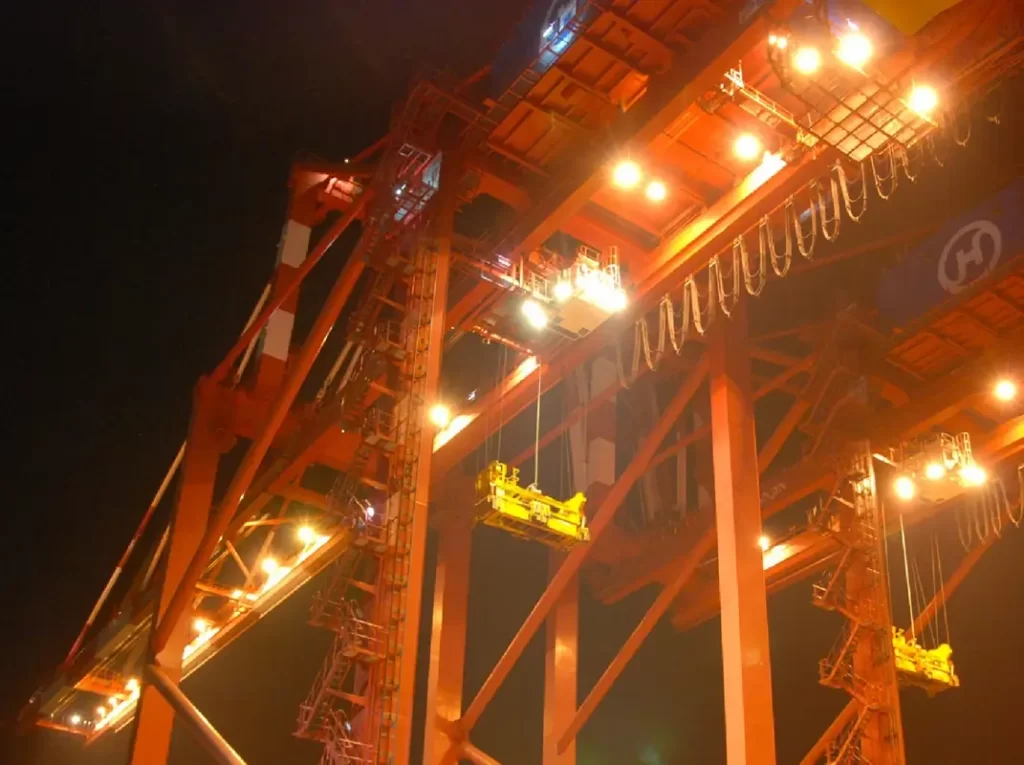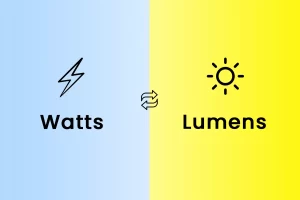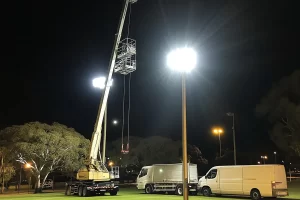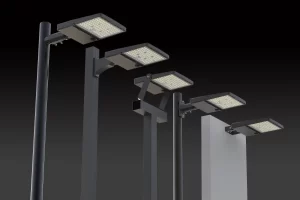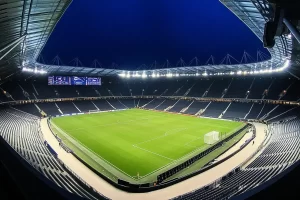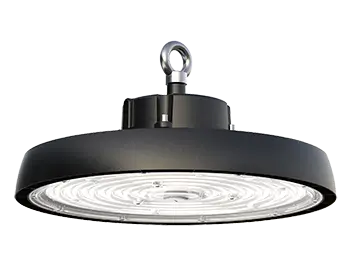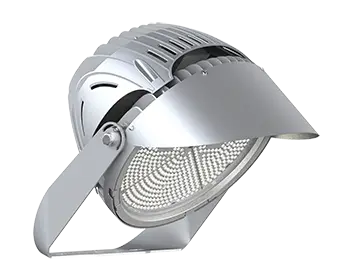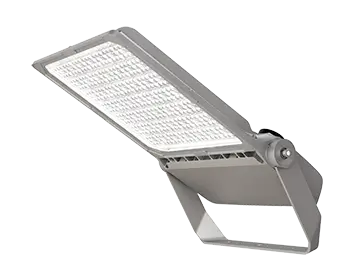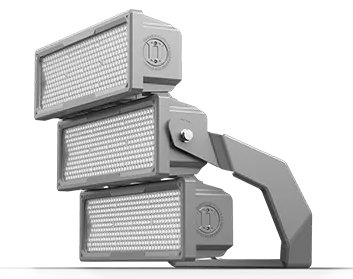Introduction
Choosing a supplier for stadium lighting is more than just finding someone who sells lights. Stadiums, being iconic landmarks and hubs of activity, require lighting solutions that are both effective and efficient. But how do you sift through the many options out there?
Importance of Optimal Stadium Lighting
Imagine attending a football game at night and the stadium lights suddenly go off. Sounds disastrous, right? Optimal stadium lighting ensures not only visibility for the audience and players but also enhances the overall experience. Proper lighting sets the mood, ensures safety, and also plays a role in broadcast quality for televised events.
Factor 1: Technical Capabilities
Luminosity & Range
A premier supplier will offer products with superior luminosity and range. This means brighter lights that cover vast stadium areas without leaving any dark spots. Remember the analogy of reading with a torchlight versus a proper table lamp? The differences are massive.
Energy Efficiency
Do you remember those old bulbs at grandma’s that consumed tons of electricity? In the world of stadium lighting, energy efficiency is paramount. Less energy consumed not only means reduced bills but also a reduced carbon footprint.
Factor 2: Cost & Budget Analysis
Initial Investment
We’ve all been there – wanting the best but restricted by a budget. While it’s tempting to go for the cheapest, it’s crucial to weigh in the benefits of investing in a slightly pricier but more efficient system. Think of it as buying a pair of quality shoes; they might cost more initially but save money in the long run.
Long-Term Maintenance
Avoid regretting repeated maintenance expenses. While a top-tier system might have a steeper upfront cost, it can lead to savings due to fewer repairs and replacements over time.
Factor 3: Supplier Reputation & Reliability
Past Projects & Client Feedback
Would you go to a barber who’s known to give bad haircuts? Supplier reputation is vital. Look into their past projects, check reviews, and gather feedback. A reliable supplier will have a trail of satisfied clients singing their praises.
Factor 4: Environmental & Safety Standards
Eco-Friendly Solutions
In today’s world, being green isn’t just a trend; it’s a necessity. Suppliers who offer eco-friendly solutions show commitment to the environment and social responsibility.
Compliance to Safety Regulations
It’s all fun and games until someone gets hurt. A top-notch supplier will comply with international safety standards, ensuring the well-being of all stadium-goers.
Factor 5: After-Sales Service & Warranty
Nothing’s worse than being left in the dark (pun intended) after a purchase. A committed supplier will provide robust after-sales support and warranties, safeguarding your investment.
Conclusion
Selecting a stadium lighting supplier is an intricate task that demands careful consideration of various factors. By emphasizing technical capabilities, analyzing costs, ensuring supplier reliability, prioritizing environmental and safety standards, and valuing after-sales support, stadiums can shine bright without a hitch.
FAQ
What is the average lifespan of stadium lights from reputable suppliers?
Most quality stadium lights have a lifespan ranging from 50,000 to 100,000 hours.
How often should stadiums review their lighting solutions?
Ideally, a thorough review should be done every 5-7 years or when there’s notable technological advancement.
Is LED the best option for stadium lighting?
While LED is popular due to its energy efficiency and long lifespan, the best option depends on specific stadium requirements.
How can I verify a supplier’s safety compliance?
Most suppliers provide certifications. Additionally, independent audits and reviews can give insight into a supplier’s compliance.
Do suppliers provide training on using the new lighting systems?
Most reputable suppliers offer training sessions to ensure optimal usage and maintenance of the lighting systems.


